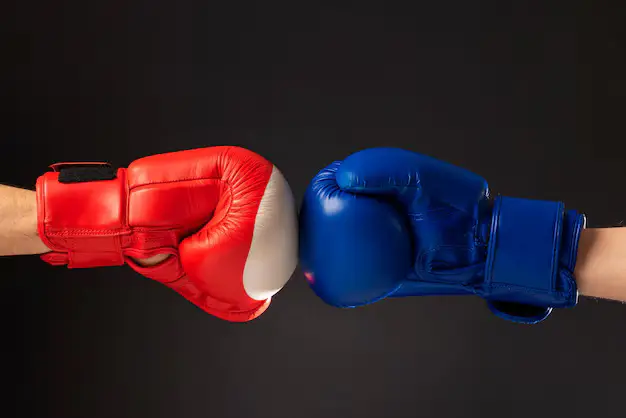Starting a boxing journey brings excitement and questions, particularly about essential equipment. Understanding how to choose proper boxing gloves makes a significant difference in training comfort and effectiveness for newcomers to the sport.
Understanding Boxing Glove Weights
Selecting appropriate boxing gloves begins with understanding weight classifications. Beginners typically benefit from using 12- to 16-ounce gloves, which provide ample protection during training. Heavier gloves offer more padding and protection, making them ideal for learning proper form and building endurance.
Material Quality Considerations
Quality materials determine both comfort and durability in boxing gloves. Genuine leather options provide excellent longevity and performance, while synthetic materials offer more affordable alternatives for beginners. Good-quality gloves maintain their shape and protection through repeated use, making them a worthwhile investment.
Proper Fit and Sizing
Finding well-fitting boxing gloves ensures comfortable training sessions. A proper fit allows natural hand movement while maintaining protective padding placement. Trying gloves on with hand wraps gives the most accurate feel, as wraps add bulk and support during actual training.
Wrist Support Features
Adequate wrist support prevents injuries during training. Quality boxing gloves include strong wrist straps or lace-up systems that keep wrists properly aligned. Secure wrist support becomes particularly important when learning proper punching techniques.
Ventilation and Hygiene
Regular training creates moisture inside boxing gloves, making ventilation important. Mesh panels and breathable materials help reduce sweat accumulation. Proper glove care, including regular cleaning and drying, extends equipment life and maintains hygiene standards.
Purpose-Specific Designs
Different training styles require specific glove characteristics. Bag work demands durable boxing gloves with solid padding while sparring requires softer gloves that protect both partners. Understanding intended use helps narrow down appropriate options.
Brand Reputation
Established boxing equipment manufacturers maintain quality standards across their product lines. Reputable brands design boxing glove based on extensive testing and feedback from professional fighters. Brand research helps identify reliable equipment options within different price ranges.
Price Range Considerations
Quality boxing gloves represent an investment in safety and comfort. Mid-range options often provide good value for beginners, balancing quality and affordability. Avoiding extremely cheap gloves prevents discomfort and early replacement needs.
The Time of Breaking In
New boxing glove require time to adjust to hand shape and movement patterns. Initial stiffness gradually reduces through regular use, creating a more comfortable fit. Patience during the break-in period leads to better long-term comfort.
Maintenance Requirements
Proper care extends glove lifespans significantly. Regular cleaning, proper storage, and allowing adequate drying time between sessions keep boxing gloves in good condition. Simple maintenance habits prevent premature wear and unpleasant odors.
Safety Considerations
Protection remains the primary purpose of boxing glove during training. Adequate padding prevents hand injuries while learning proper techniques. Regular inspection ensures padding maintains its protective qualities throughout the glove’s lifetime.
Conclusion
Beginning boxing training with appropriate equipment enhances the learning experience significantly. Quality boxing gloves provide necessary protection while developing fundamental skills. Understanding basic equipment requirements helps newcomers make informed choices and focus on skill development with confidence.


